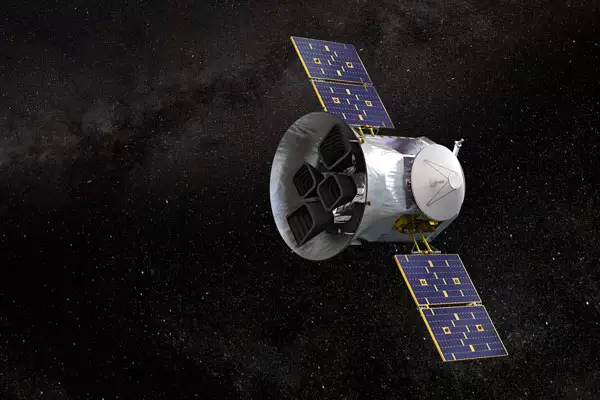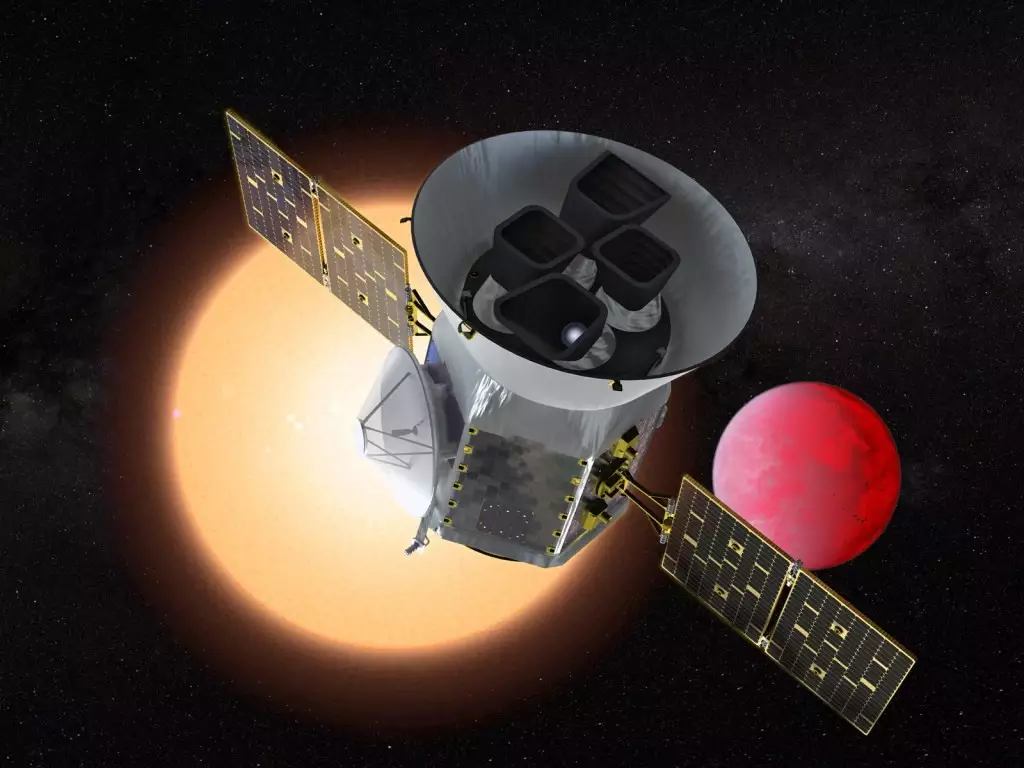Transiting Exoplanet Survey Satellite (TESS) data has led to discoveries, including a smaller black hole orbiting a larger one in the galaxy OJ 287 and a potentially habitable exoplanet named TOI-715b.
About Transiting Exoplanet Survey Satellite (TESS):
- TESS is a NASA mission, launched in April 2018, via a SpaceX Falcon 9 rocket from Cape Canaveral, USA.
Objective:
- Primarily aimed to discover exoplanets orbiting the brightest dwarf stars across the sky.
- Successor to NASA’s Kepler space telescope, building on Kepler’s legacy of discovering thousands of exoplanets.
Mission Life and Orbit:
- Initial mission concluded in July 2020; currently in an extended mission phase.
- Operates in a high Earth orbit with a 12 to 15-day cycle, strategically inclined to avoid obstructions from Earth and the Moon for clear sky observation.
Significance:
- In its primary two-year mission, TESS utilized four cameras to scan over 200,000 nearby bright stars, covering 75% of the sky.
- Key to studying the formation and evolution of habitable worlds using the data collected.
- TESS’s data facilitates the exploration of planets of various sizes and compositions, showcasing the diversity of planets in our galaxy.
Exoplanet Detection Method:
- Employs the transit method by monitoring regular dips in star brightness as planets transit in front of them, which reveals the planets’ diameters and orbit sizes.
Ref: Source
| UPSC IAS Preparation Resources | |
| Current Affairs Analysis | Topperspedia |
| GS Shots | Simply Explained |
| Daily Flash Cards | Daily Quiz |
Frequently Asked Questions (FAQs)
What is TESS and when was it launched?
TESS is a NASA mission launched in April 2018.
What is the primary objective of TESS mission?
TESS aims to discover exoplanets orbiting bright dwarf stars.
How does TESS differ from the Kepler telescope?
TESS is a successor to Kepler, building on its legacy.



